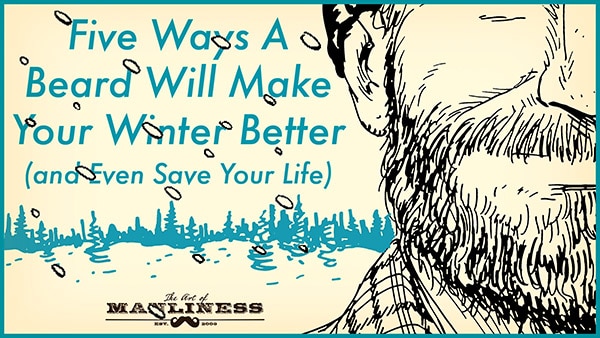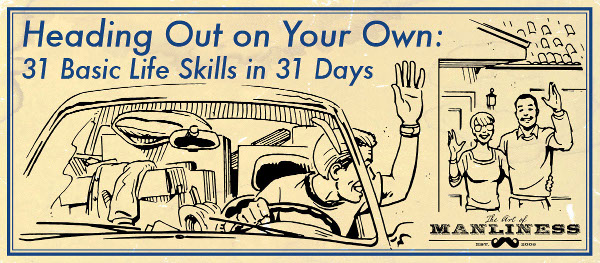
As we approach the halfway mark of winter, have you found your commitment to the exercise habit waning? When the days are cold, dark, and gray, it can be hard to stay motivated to work out, especially if your fitness practice takes place outside. When it’s 20 degrees and overcast, you may not feel in the mood to do your usual run or ruck.
But, it’s a great idea to push yourself to do it anyway. And to start the outdoor activity habit in winter, even if you haven’t been an outdoor exerciser before.
Here’s why.
The Biggest Benefit of Exercising Outside in the Winter
There are a lot of articles out there that list the benefits of exercising in cold weather. Unfortunately, most of these oft-touted benefits are myths at worst or partially true at best. For example, the one outdoor winter exercise benefit that tops all the lists is “you’ll burn more calories.”
The idea is based on sound science: your body does burn more calories to warm itself up. But as exercise physiologist Dr. John Castellani noted in an interview in Outside magazine, “as you start to run [in the cold], you’ll reach a point where the energy burned doing the work is probably not all that different than if you were in a temperate environment.” Once your body is warmed up by the exercise, you’ll stop burning many extra calories. To really burn more calories in the cold, you’d have to start cold and stay cold.
Castellani notes that you might burn more calories in an outdoor wintertime workout because you’re wearing more clothes or running in the snow, both of which make your body work harder. But the calorie-burning boost just from your body working to stay warm won’t be that significant.
The other supposed benefit of cold-weather exercise is that it increases your VO2 max, but the research that this benefit is based on was done on animals. It’s not yet clear if it has the same effect on humans.
If you’re a runner, some studies do suggest that you’ll hit PRs when the temperature dips, but cold temps don’t shave very much off your times.
So basically, you shouldn’t count on outdoor cold-weather exercise to help you burn more calories or run longer and faster.
But, there is one benefit robustly supported by the research: exercising outdoors in the cold is great for your mental health.
During the winter, about 20% of Americans will experience seasonal affective disorder, or SAD — the “winter blues.”
The main culprit of SAD is the lack of sunlight due to shorter days and longer nights. Consequently, the best remedy for SAD is to get more sun.
While sunlight alone can boost mood, its effect is turbocharged when coupled with exercising and being in nature, which each also serve as mood boosters in and of themselves.
As I discussed with Dr. Jasper Smits on the podcast, exercise is just as effective as drugs and talk therapy for depression and anxiety. It boosts your mood quickly and provides long-term benefits in relieving symptoms.
Our brains also bloom when they’re taken outdoors. There’s been a ton of research done on the happiness-enhancing, stress-busting benefits of time spent in nature.
Sunlight + exercise + nature = a potent, highly-effective, mood-boosting tonic.
So if you’re looking to keep the black dog at bay this winter, consider taking your workout outdoors, even when it’s freezing outside. Go for a run or ruck. Snowshoe. Ski. Carry heavy things. Crawl. Hang from a tree. Just move your body outdoors in a way you enjoy.
Of course, there’s an inevitable catch-22 here: exercising outside can mitigate your feelings of melancholy, but when you’re feeling melancholy, you don’t feel like exercising at all, much less exercising outside in the cold.
A few things that can help you overcome this inertia:
- Dress warmly. If you associate being outside in the winter with being miserable, it’s probably because you haven’t dressed appropriately for the conditions. If you don layers, and put on toasty gloves, socks, shoes, ect., you can keep yourself quite comfortable. Remember what the Scandinavians say, “There’s no such thing as bad weather, just bad clothing.”
- Lay out your clothes. It is kind of a drag to suit up to go outside in the cold, more so when you have to hunt all over the house for your hat, gloves, jacket, and so on. Remove one inertia-creating obstacle from your workout routine by laying out all the clothes and accessories you’ll need the night before your workout. That way, when you wake up in the motivation-diminishing dark of morning, you’ll have everything ready to put on, and one less excuse to call the whole thing off.
- Start small. It may be hard to will yourself to take an hour-long walk in freezing temps. So shoot for taking just a ten-minute stroll. Every bit helps.
- Meet up with a friend. The accountability of an appointment with someone else will help you escape the seductive embrace of your warm bed and get yourself out the door.
- Do a light warm-up before going outside. The cold doesn’t feel as cold if you’ve elevated your internal body temperature a bit. So try doing a light warm-up that gets the blood flowing (without becoming sweaty and damp) before you head out.
It does invariably take some initial effort to overcome the wintertime doldrums and get moving outside, but once you do, your body will quickly warm up, and your cold-stiffened spirits will subsequently thaw out.







